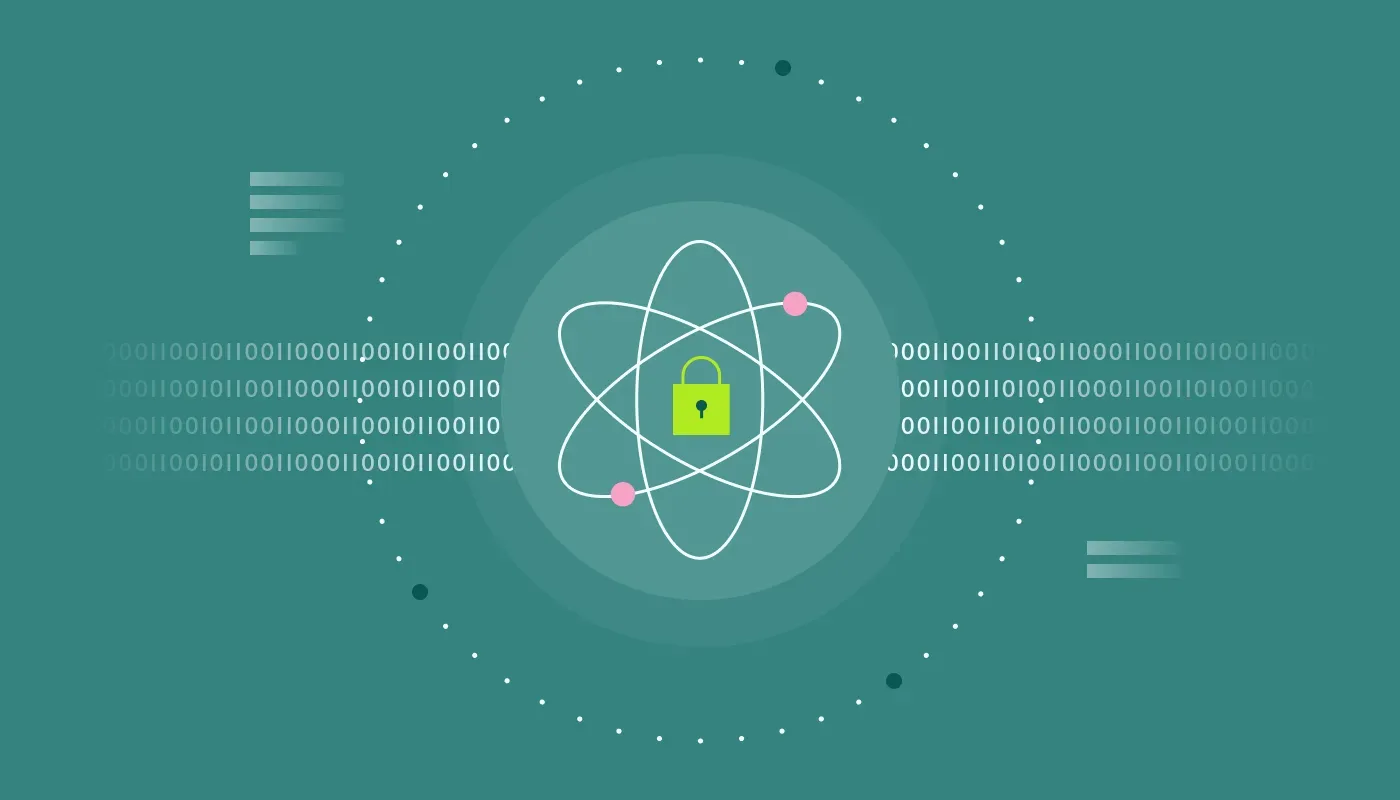A truly strategic comprehension of the quantum security sector requires moving beyond the technical specifications to unearth the core Quantum Cryptography Market Insights that reveal its fundamental role in the future of trust and information sovereignty. The most profound insight is that quantum cryptography is not merely a new method of encryption; it represents a fundamental paradigm shift in the philosophy of security, moving from a model based on computational complexity to one based on the laws of physics. All classical cryptography, including the forthcoming PQC algorithms, is based on mathematical problems that are currently believed to be too difficult for computers to solve. However, this is an assumption that could one day be proven wrong by a new mathematical breakthrough or a new type of computer. Quantum cryptography, specifically QKD, is different. Its security is based on fundamental principles of quantum mechanics, such as the no-cloning theorem and the observer effect. This provides a form of "provable" or "unconditional" security that is not dependent on the assumed limitations of a potential adversary's computational power. This insight reframes the technology not as a better algorithm, but as a different, and arguably superior, class of security altogether. The Quantum Cryptography Market size is projected to grow USD 126.541 Billion by 2032, exhibiting a CAGR of 35.43% during the forecast period 2024 - 2032. This growth is increasingly justified by the demand for this higher, physics-based assurance.
A second critical insight is that the initial and most significant impact of the quantum threat is on data with a long-term value, a concept known as "harvest now, decrypt later" (HNDL). A sophisticated adversary does not need to wait for a quantum computer to be built to start causing damage. They can use today's technology to intercept and store vast amounts of encrypted data—government secrets, corporate intellectual property, financial transactions, etc. They can then simply hold onto this data until a quantum computer is available to decrypt it at their leisure. This insight reveals that the quantum risk is not a distant, future problem; it is an immediate and active threat to the long-term confidentiality of today's information. This is why governments and industries with long-term data sensitivity, like finance and healthcare, are the earliest and most aggressive adopters of quantum cryptography. They are not protecting against today's attacks, but against the inevitability of tomorrow's decryption capabilities. This insight into the HNDL threat is the key to understanding the urgency and the specific vertical market focus of the early quantum cryptography market.
A third, forward-looking insight is the emerging role of quantum technologies in creating new forms of trust and functionality that go beyond simple data protection. While the primary focus today is on defense, the long-term potential lies in enabling new, quantum-native applications. For example, the principles of quantum mechanics can be used to create perfectly secure digital signatures that are impossible to forge, or to enable secure multi-party computation where several parties can perform a joint calculation on their private data without revealing that data to each other. The ultimate vision is the "Quantum Internet," a network that can transmit quantum states, which would enable revolutionary applications like connecting distributed quantum computers to solve problems too large for any single machine. This insight reframes the technology's destiny: it is not just about building a more secure version of the classical internet, but about building an entirely new type of network with fundamentally new capabilities. The current market for quantum cryptography is just the first step in building the infrastructure for this much grander, quantum-enabled future.
Top Trending Reports -

